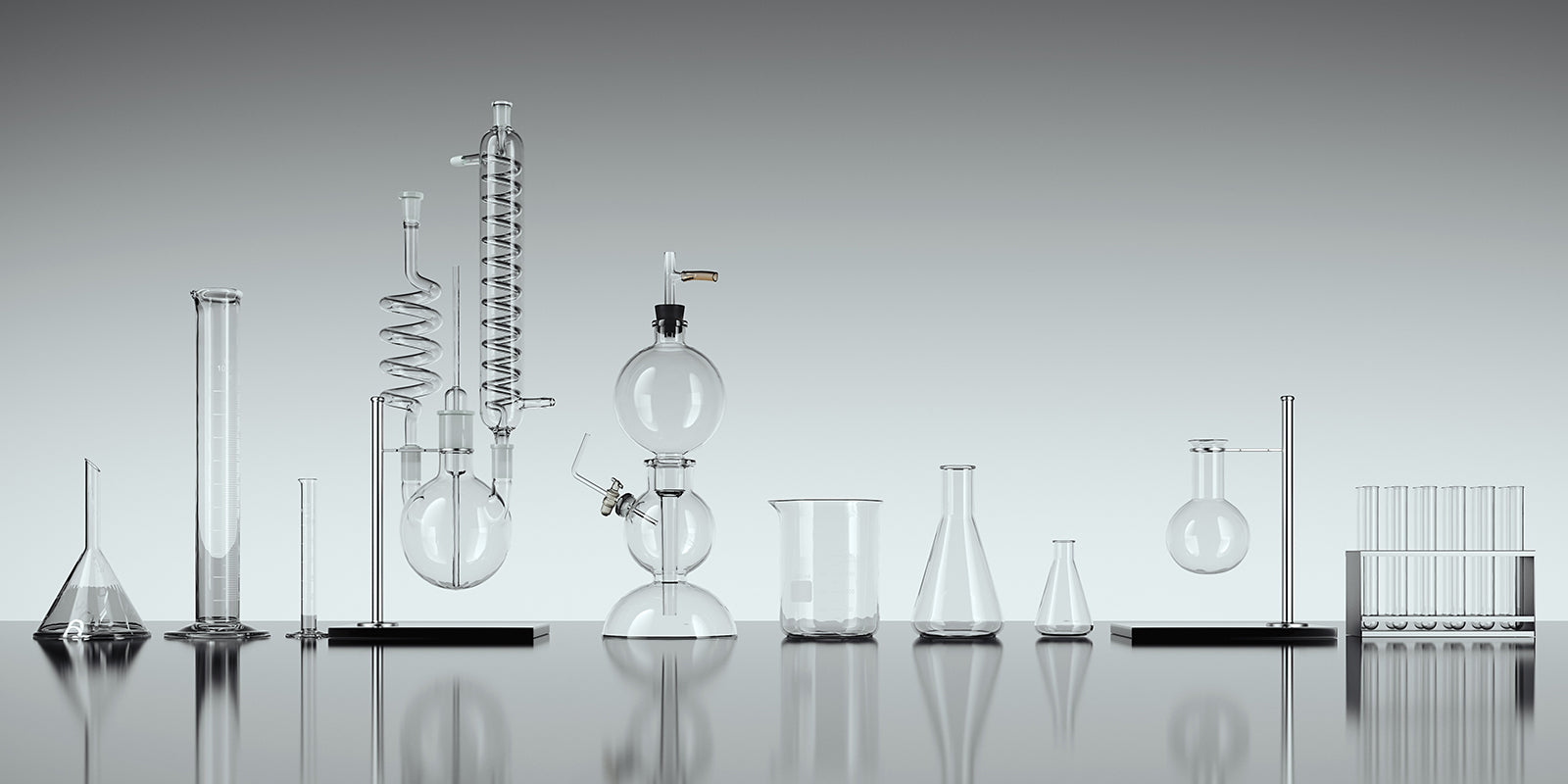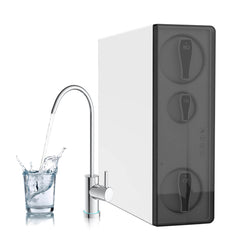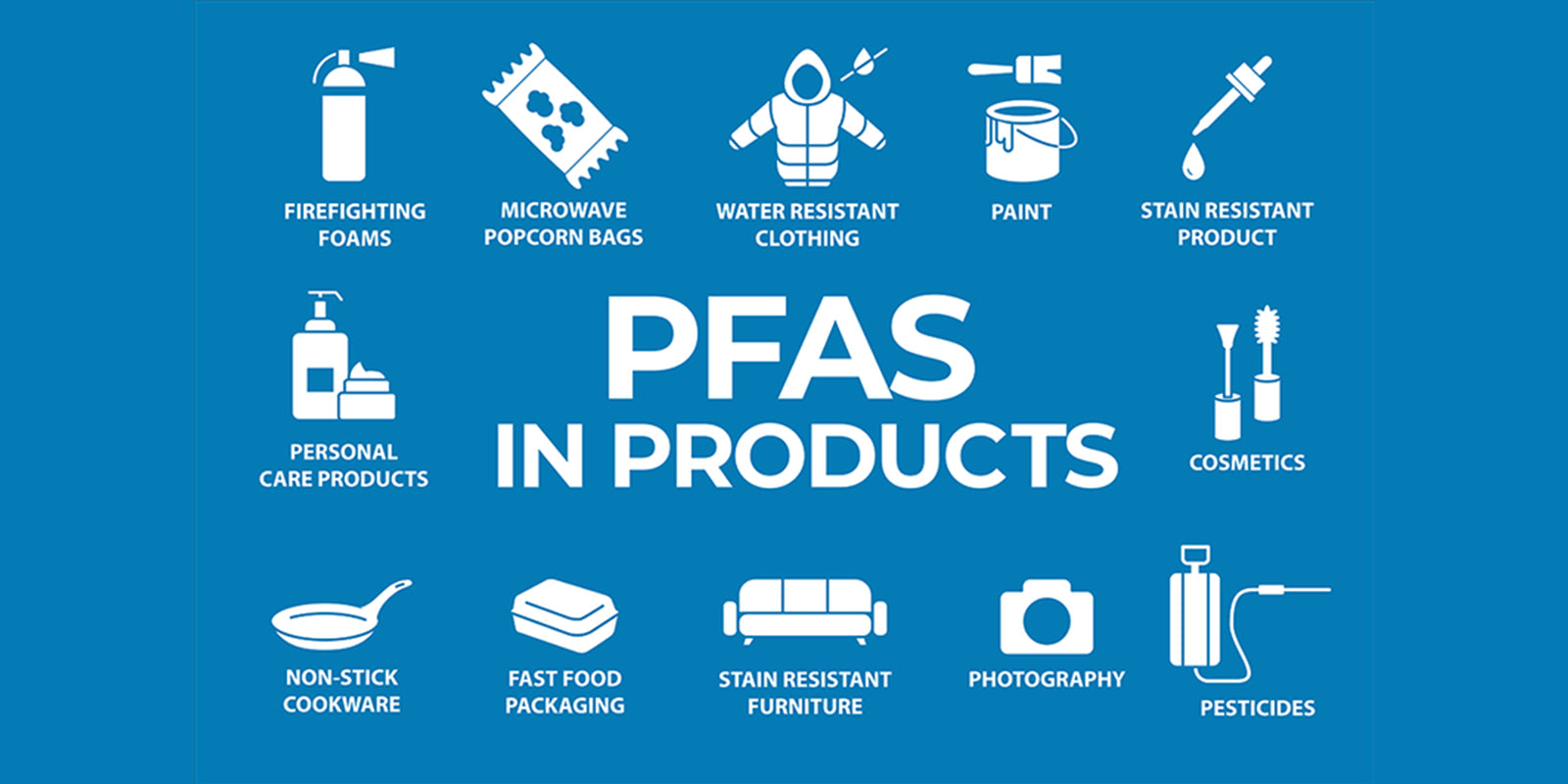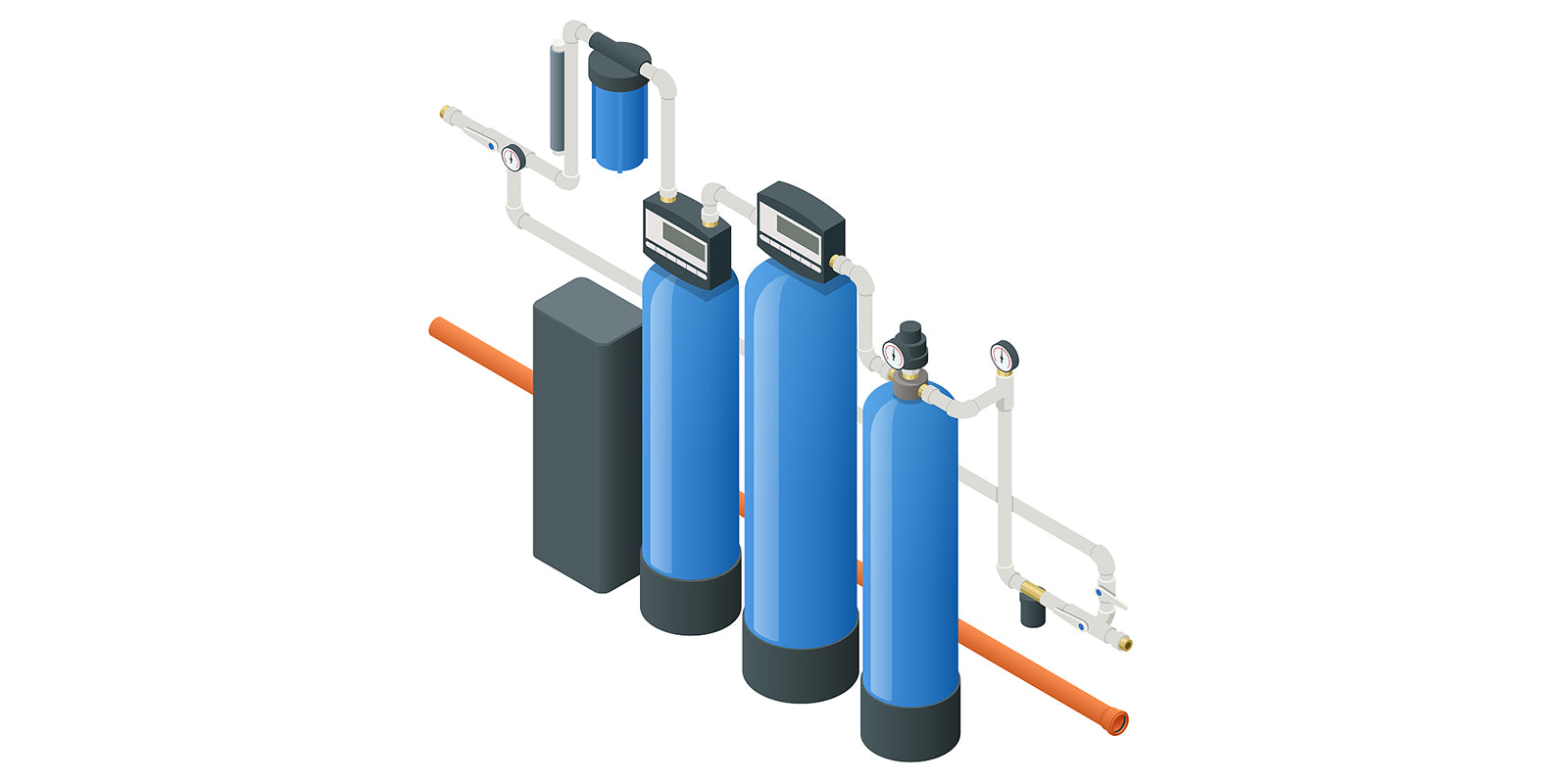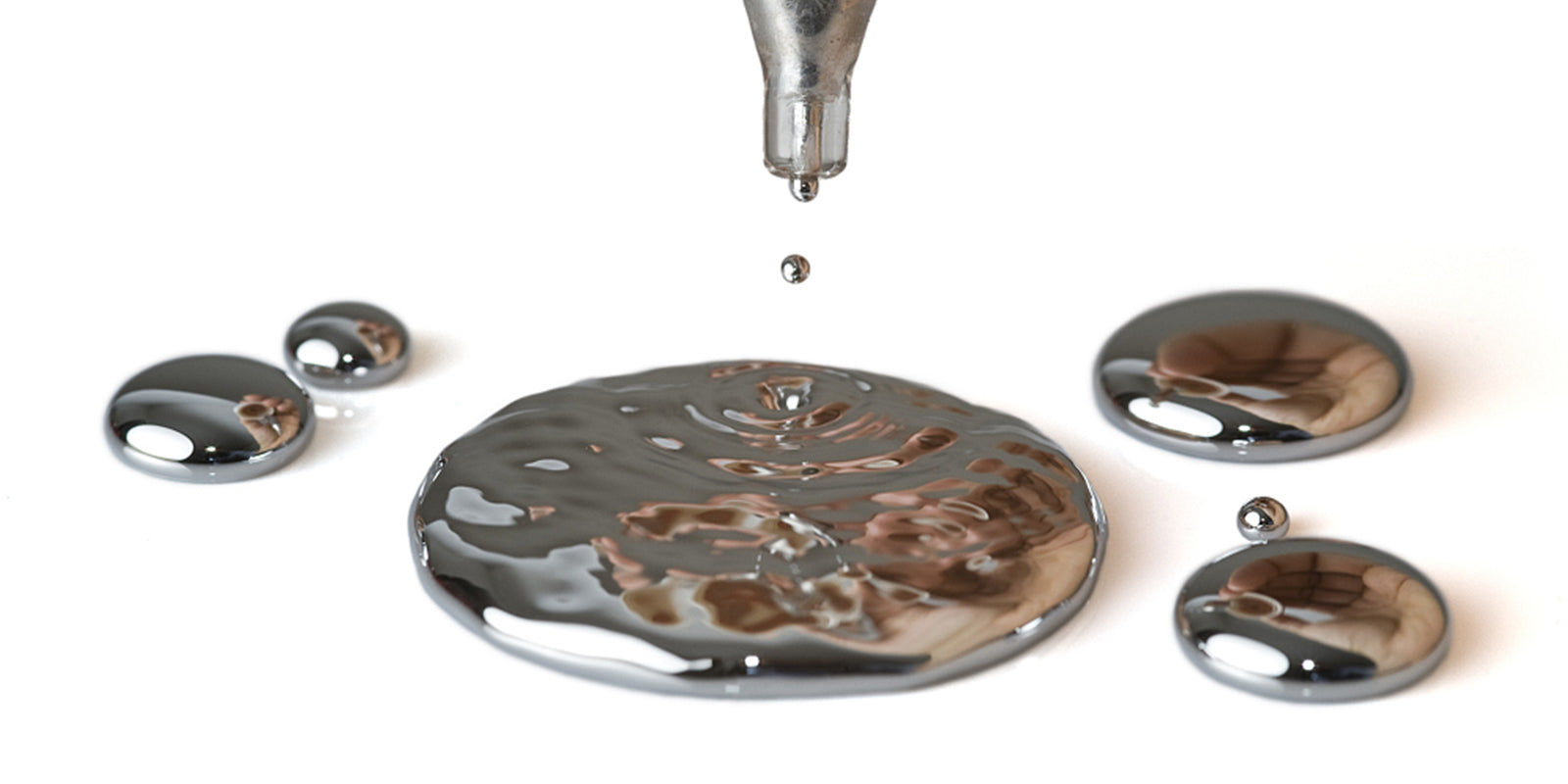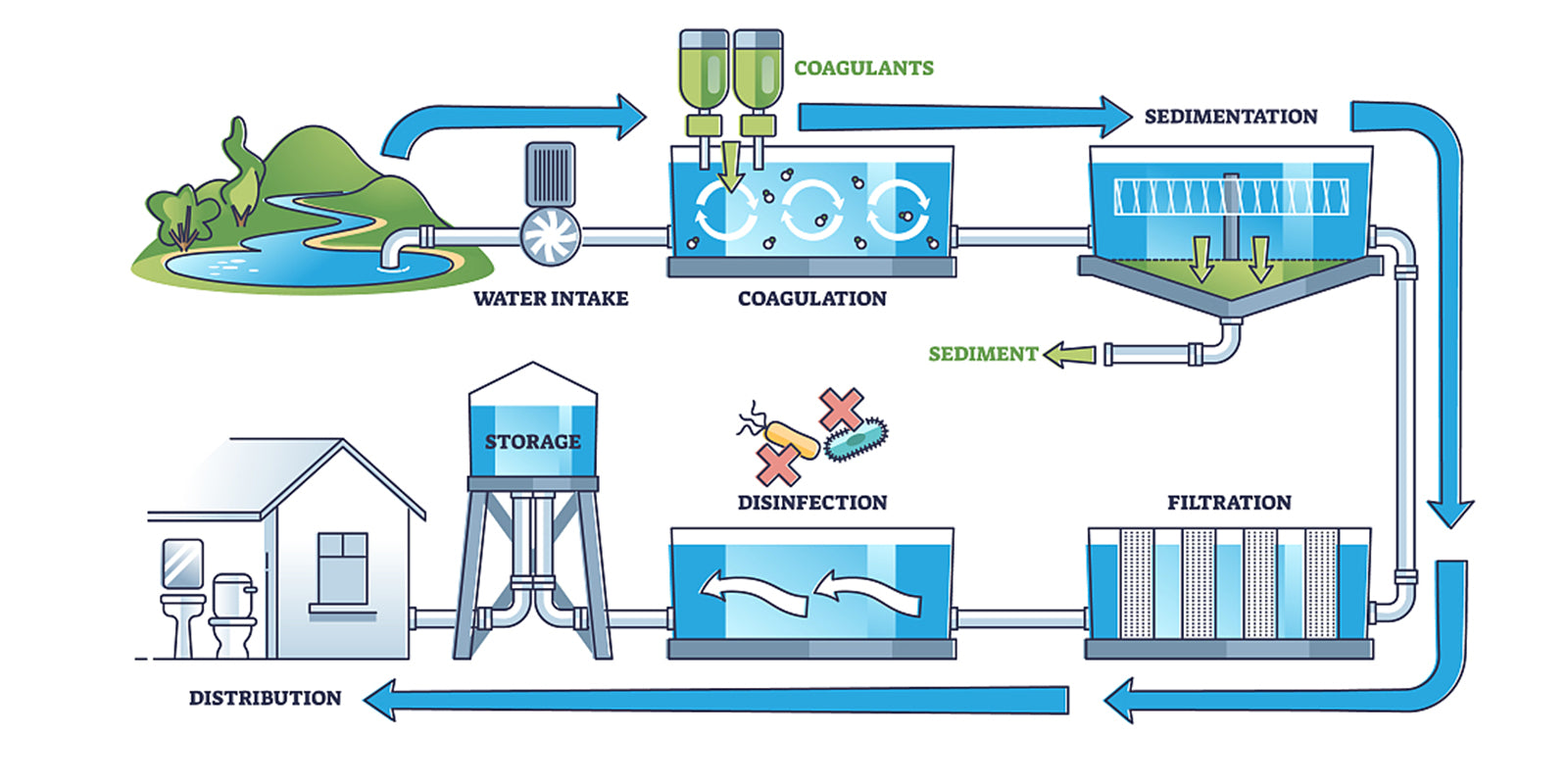Is reverse osmosis water the same as distilled water? What is the difference between them? I believe many people are confused about this question. For people who want to improve the quality of their daily water and choose the right water purifier, it is very important to figure out this issue. Reverse osmosis is a new technology for efficient water purification, and comparing it with distilled water can help you choose the right water purifier.
What is the Reverse Osmosis water?
Reverse osmosis water is made of pure water through reverse osmosis membrane under pressure. Reverse osmosis is the most precise membrane liquid separation technology at present. Reverse osmosis membrane can effectively remove dissolved salts, viruses, bacteria, colloids and most organic substances in water, thus can overcome many shortcomings of distilled water and deionized water. The desalination rate of a good reverse osmosis membrane can reach about 99%, but the reverse osmosis membrane produced by different manufacturers has a great impact on the quality of reverse osmosis water. The technology could be widely used in industrial pure water preparation, drinking pure water production, boiler feed water and other processes.

What is the distilled water?
Distilled water is pure, clean, and free of impurities or bacteria after being treated by electrodialyzer method, ion exchanger method, reverse osmosis method, distillation method and other appropriate processing methods. This kind of water is usually sealed in a container, and contains a small amount of carbonic acid carbohydrates, colorless and transparent, and can be drunk directly. Distilled water is the most commonly used purified water in the laboratory. In this process, most impurities in the water can be removed, except for some organic and volatile impurities, such as carbon dioxide, silicon dioxide, and ammonia. Fresh distilled water is sterile, but bacteria are prone to multiply after storage, so long-term storage is not recommended.
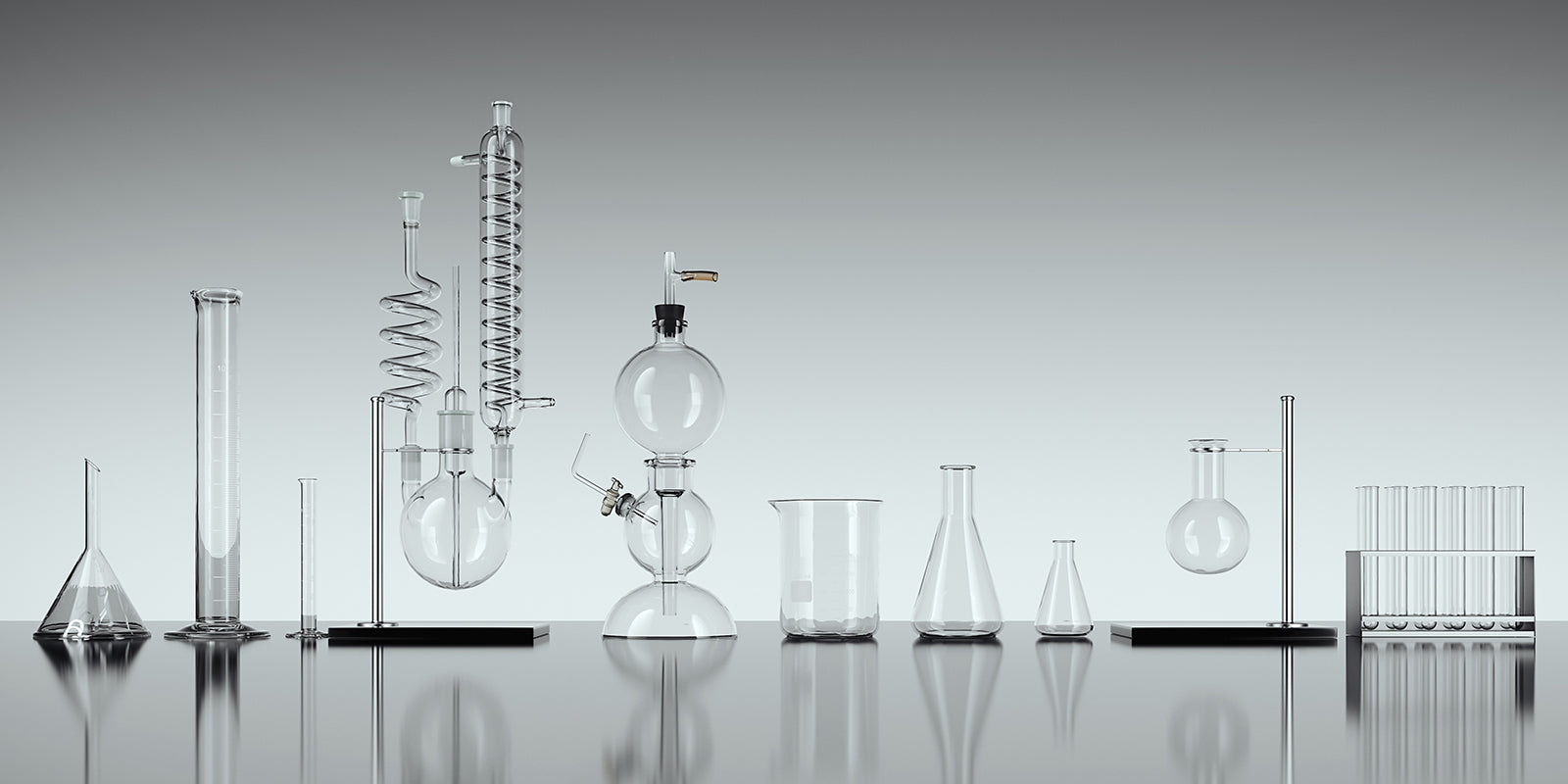
The difference between Reverse Osmosis water and distilled water
Difference of technologyReverse osmosis water is made by the most accurate membrane liquid separation technology, is the water filtered by reverse osmosis membrane. Distilled water is water that has been distilled and condensed. Distilled water uses distillation equipment to steam water and then condense the vapor into water.
Difference of costs
Compared with distilled water, the production process of reverse osmosis water is less energy intensive, more efficient, safer and purer, while the production of distilled water is very energy intensive and consumes a lot of water, so the cost of processing reverse osmosis water is much lower than that of distilled water.
Difference of composition
Reverse osmosis water can effectively remove more than 95% of the ionic impurities in water such as dissolved salts, viruses, bacteria, colloids, bacterial endotoxins and most organic matter, and distilled water can remove harmful substances and microorganisms, but also contains some inorganic salts and organic matter.
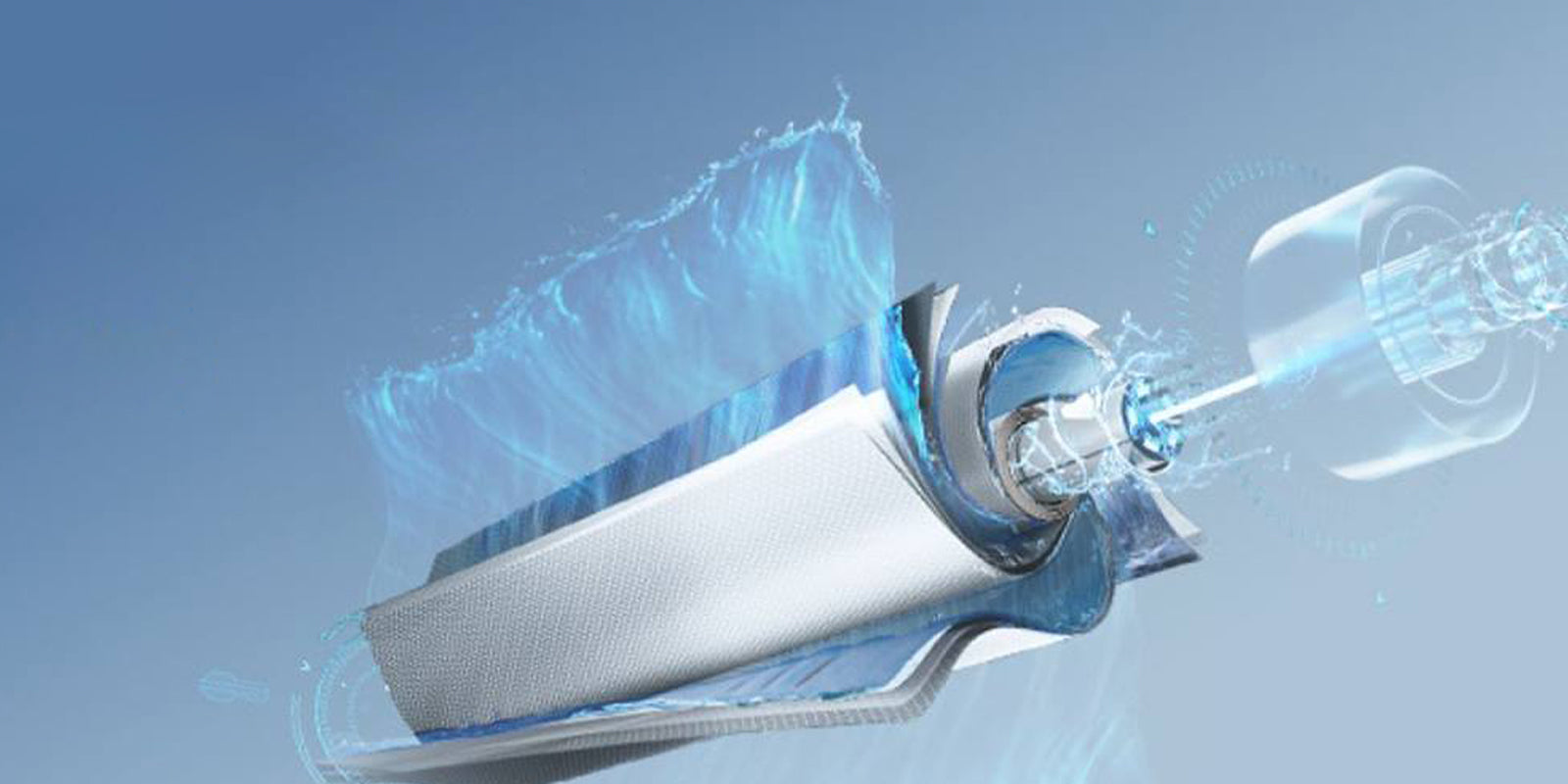
Difference of use
With a reverse osmosis system, fresh, weakly alkaline water is available directly to users after the tap water is purified, reducing the chance of secondary contamination. Ready to eat, convenient and fresh. And the production of distilled water needs complex steps, the production process in the water storage container (mostly plastic material) easy to produce secondary pollution.
Difference of maintenance
Compared to the equipment required for distilled water, reverse osmosis systems require regular filter replacement, but many reverse osmosis systems such as Besdor RO system are relatively simple to change filters, with filter replacement completed in three seconds.

